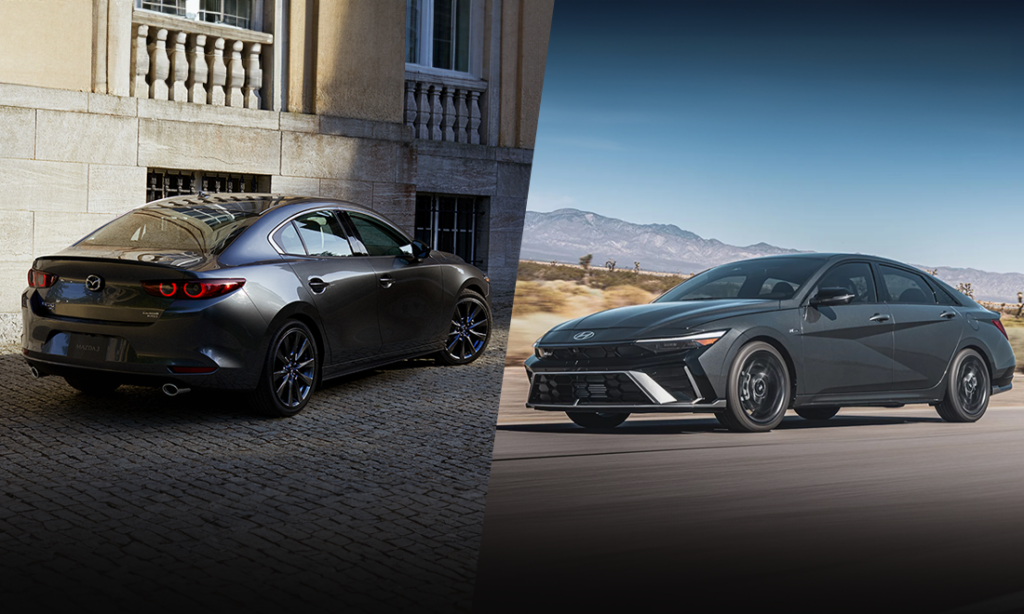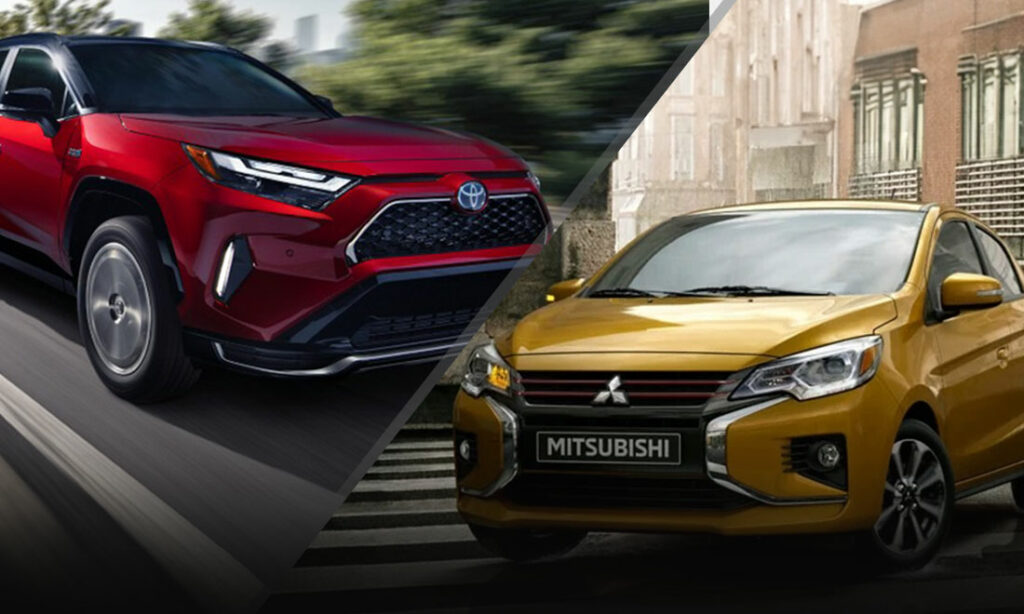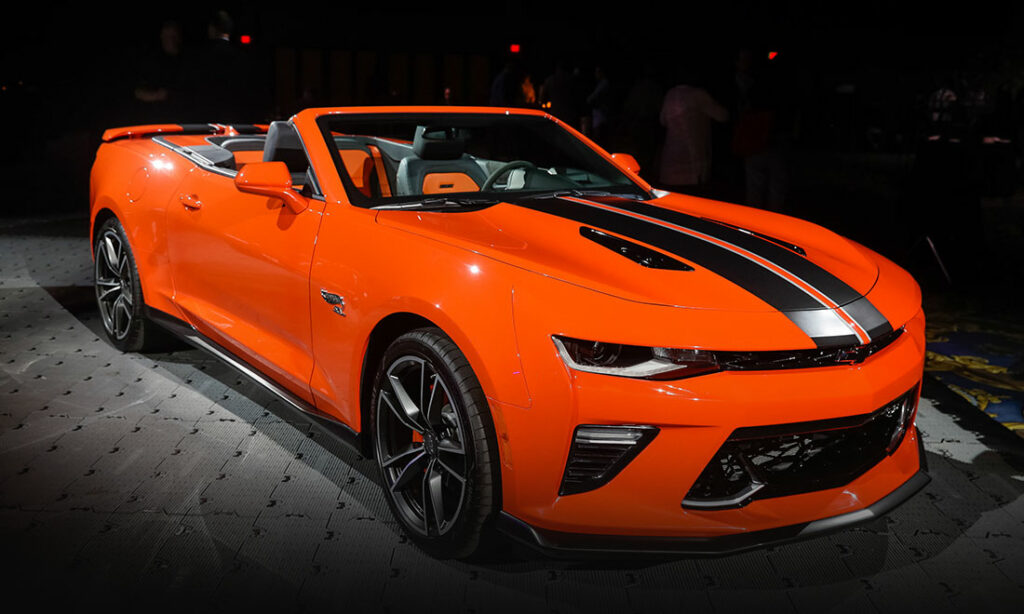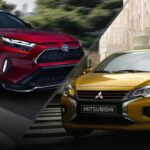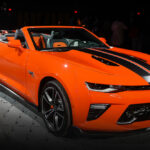Classic Comparison: ’70 Barracuda vs Boss 429 Mustang
1970 was a peak year for muscle cars and we’re pitting two of the greatest head-to-head: the 1970 Plymouth Barracuda vs the Boss 429 Mustang.
Muscle Car Greats
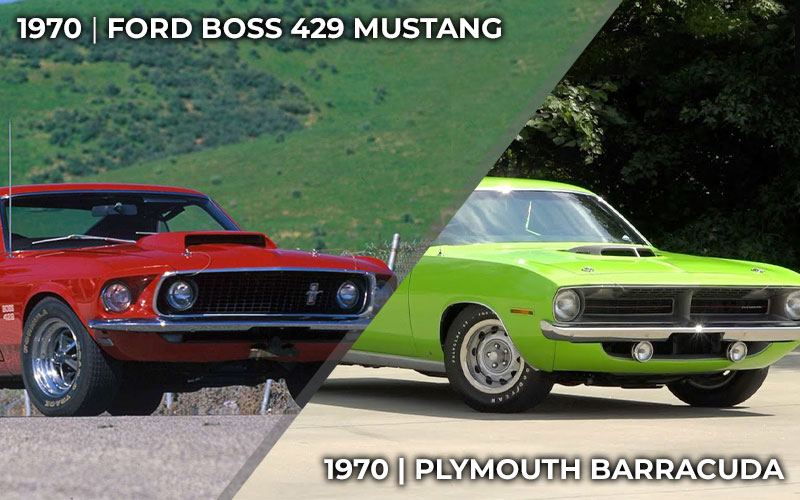
Looking back, it is clear 1969-70 was the highwater mark for the muscle car era. Big engines and bold styling were the order of the day, and the legendary cars produced at the time still manage to capture the imagination today. Within a few years, increasingly stringent emission regulations, an oil crisis, and shifting tastes would see many muscle cars become bloated, slowed, or were outright canceled.
Pony cars, the smaller lighter variety of muscle car, take their name from the Ford Mustang. Yet it is the Plymouth Barracuda that gets credit as the first such car to market, beating the Mustang by mere weeks. The Mustang was a major commercial hit. Even though the Barracuda hadn’t kept pace in terms of sales numbers, it had built up a devoted fan base by the late 1960s.
For this comparison, we chose the Mustang and Barracuda at arguably their pinnacle, their 1970 model year examples and specifically the 426 Hemi Barracuda versus the 429 Boss Mustang.
Putting the ‘Cuda in Barracuda

After five years and two generations, the Plymouth Barracuda was due for an overhaul. And that’s just what it got for its 1970 model year, moving to a new platform, the E-body, and getting a thoroughgoing design. Gone was the Mustang-like fastback body style and really all trace of the Barracuda’s old Valiant heritage. The new E-body was a stretched and widened version of the B-body platform used by Road Runner and GTX and gave the Barracuda a proper muscle car countenance. Trim levels were now divided into the base Barracuda, the Gran Sport, and the ‘Cuda.
Of course, there were new engine options as well. Two slant-sixes, a 198 cu in and 225 cu in, occupied the lowest end of the power spectrum for the Barracuda. Five V8s steadily ramped up the horsepower, starting with a 318 cu in and followed by a 383 cu in V8. The top end was occupied by a 440 cu in Super Commando V8 sporting three, two-barrel carbs and the 426 Hemi V8 which gave the Barracuda its highest output at 425 horsepower. These two larger V8 also came standard with upgraded performance suspensions.
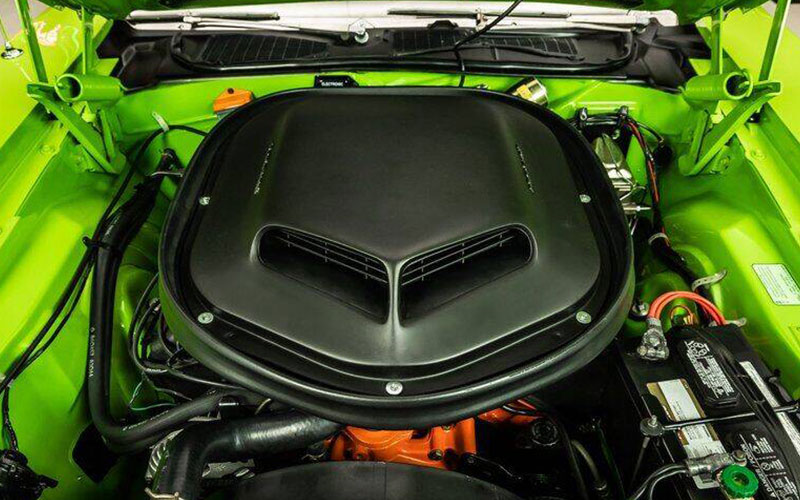
A 340 cu in V8 with three two-barrel carbs came standard with the AAR (All American Racers) ‘Cuda. The AAR ‘Cuda was a homologation car intended for SCCA’s Trans-Am Series (where it would be raced in 1970 by Dan Gurney and Swede Savage). Special modifications included a rear spoiler, side exhaust pipes, an upgraded suspension, fiberglass hood with functional air scoop, and a distinctive strobe decal that ran from front to back terminating in the AAR ‘Cuda badging. A total of 2,724 AAR ‘Cudas were built, exceeding the 2,500-homologation requirement.
“The Boss’ Car”
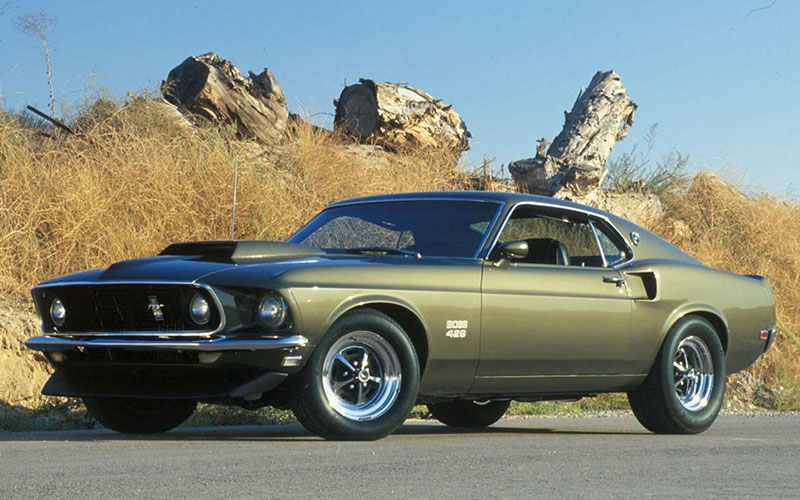
Of course, the Mustang too had homologation cars. Real performance with a Mustang badge had begun with the series of Shelby Mustangs starting in 1965 with the Shelby GT350. By 1969, Shelby was moving on and engineers at Ford were working on new homologation cars. Boss Mustangs, the 302 and 429, were designed by Larry Shinoda and intended for SCCA and NASCAR, respectively. The story is possibly apocryphal, but supposedly the “Boss” name came from the secretive nature of the project and when asked Shinoda would just refer to the new car as “the boss’ car.”
The Boss 429 engine was developed from the Ford 385 V8 for NASCAR. Homologation rules required that at least 500 cars be produced but didn’t stipulate whether the engine and the car had to be developed together. Ford decided to homologate the 429-engine in the Mustang while still fielding it in its then current NASCAR, the Ford Torino Talladega. The 429-engine featured crescent combustion chambers that earned it the nickname “the semi-Hemi.”
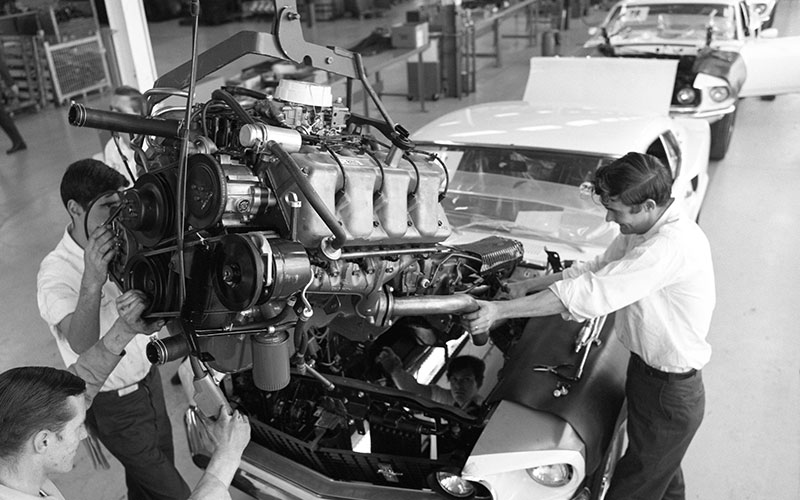
The engine proved so wide that Ford could not get it to fit in the Mustang Mach 1’s engine bay. They turned to customizers Kar Kraft for help reconfiguring the engine bay to accommodate the massive V8. Ford did most of the assembly at the Ford Rogue plant and then shipped the cars to Kar Kraft in Brighton, Michigan for engine installation and final assembly.
The result was one of the baddest Mustangs ever built. The Boss 429 made 375 horsepower, 450 lb ft of torque and shot from zero to sixty in 6.5 seconds and had a top speed of 128 mph. Excepting the Shelby Mustangs that preceded it, the limited run Boss 429 is the most expensive vintage Mustang you can buy. Typically selling for in excess of $250,000 and the 1970 especially rare with just 499 examples built.
Pony Car King?
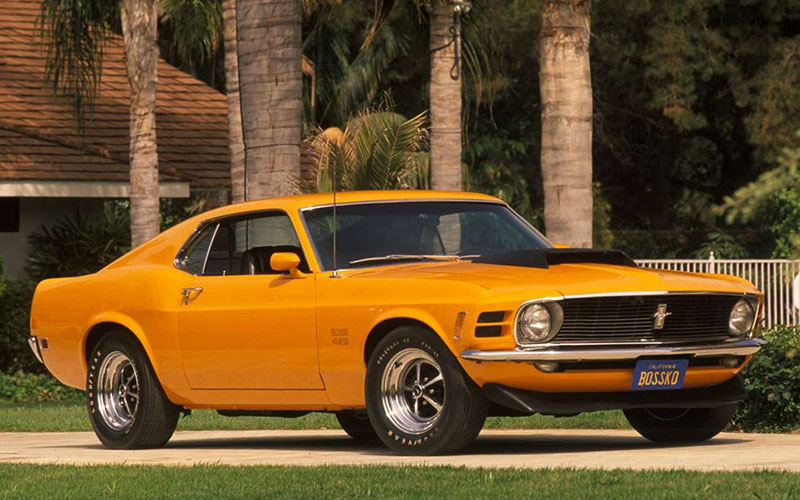
I doubt it will surprise you, dear reader, which car prevails but allow for a brief breakdown. The Hemi-equipped Barracuda and Boss 429 Mustang carried similarly large V8s making similar amounts of power. Unsurprisingly, their zero to sixty times and quarter mile times are likewise close. Numbers vary from source to source, but the Boss 429 averaged between 6.0 and 6.7 seconds from zero to sixty while the 426 Hemi Barracuda averaged between 5.7 and 6.0 seconds. Making the Barracuda just a hair faster, depending on who you ask. Their places flip when looking at quarter mile times, with the Mustang at around 13.5 seconds and the Barracuda around 14 seconds flat.
As evenly matched at the drag strip, these two cars clearly diverge when it comes to collectability with the Boss 429 far outstripping the Barracuda in popularity. Unless you’re an unrepentant muscle car partisan (and who isn’t to some degree?), it’s the Boss 429 that wins this comparison on reputation alone.


